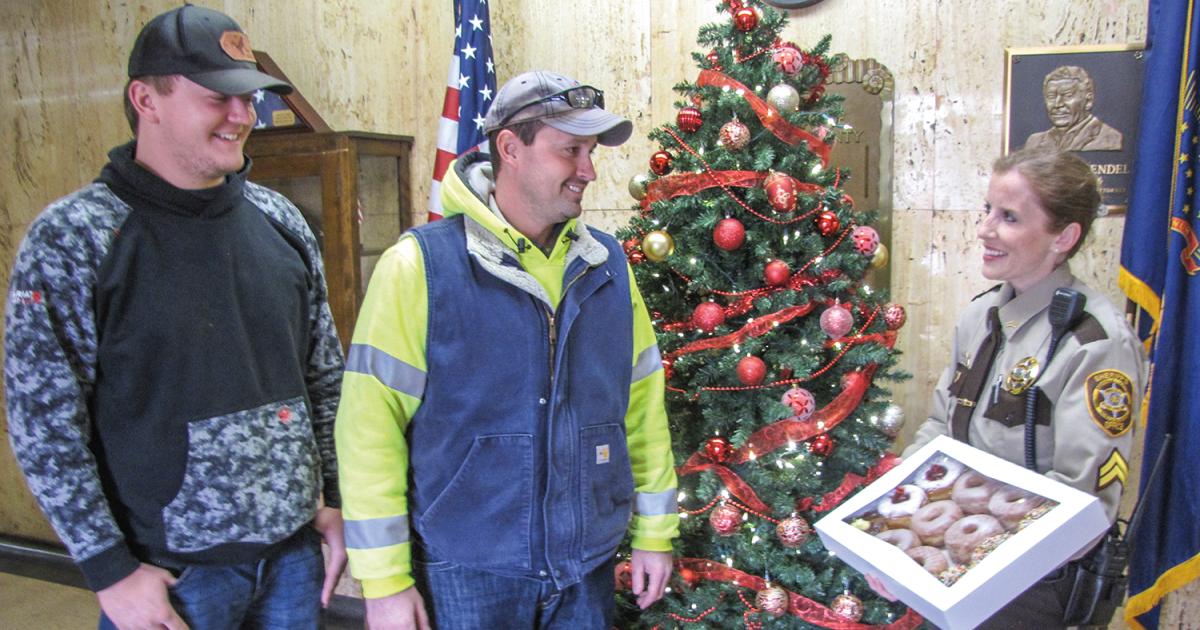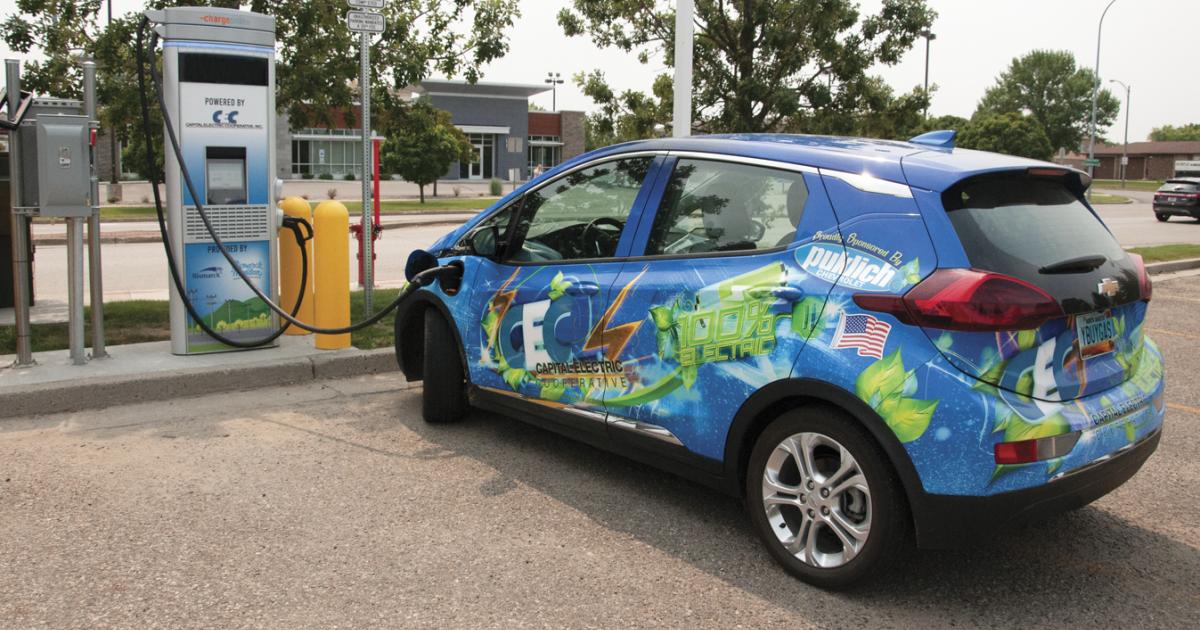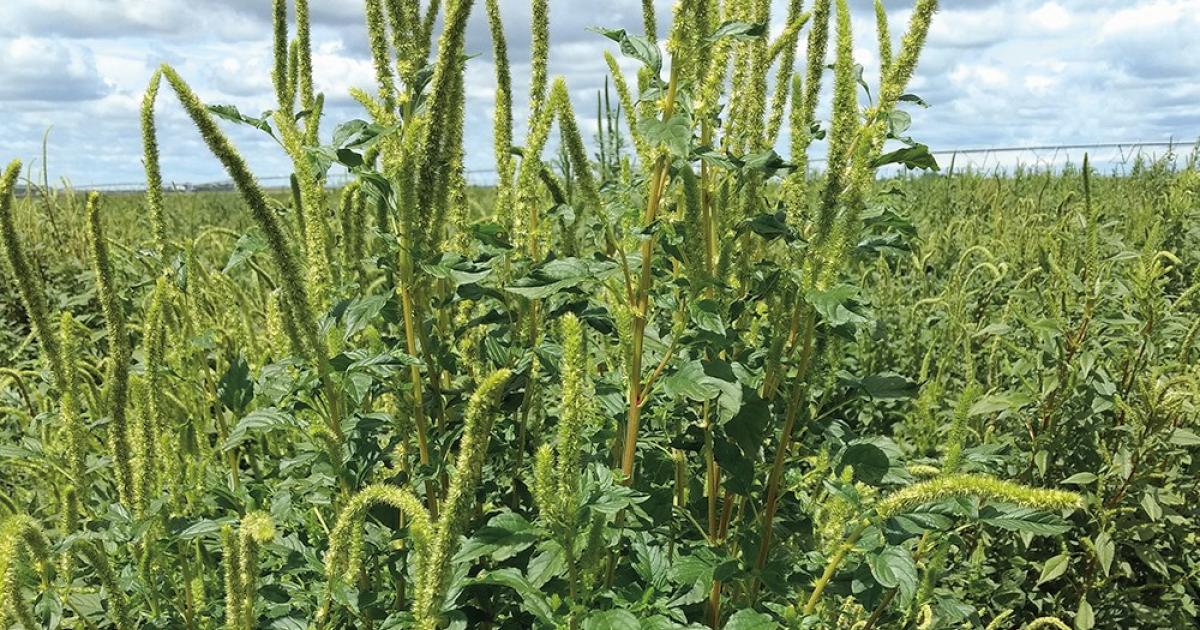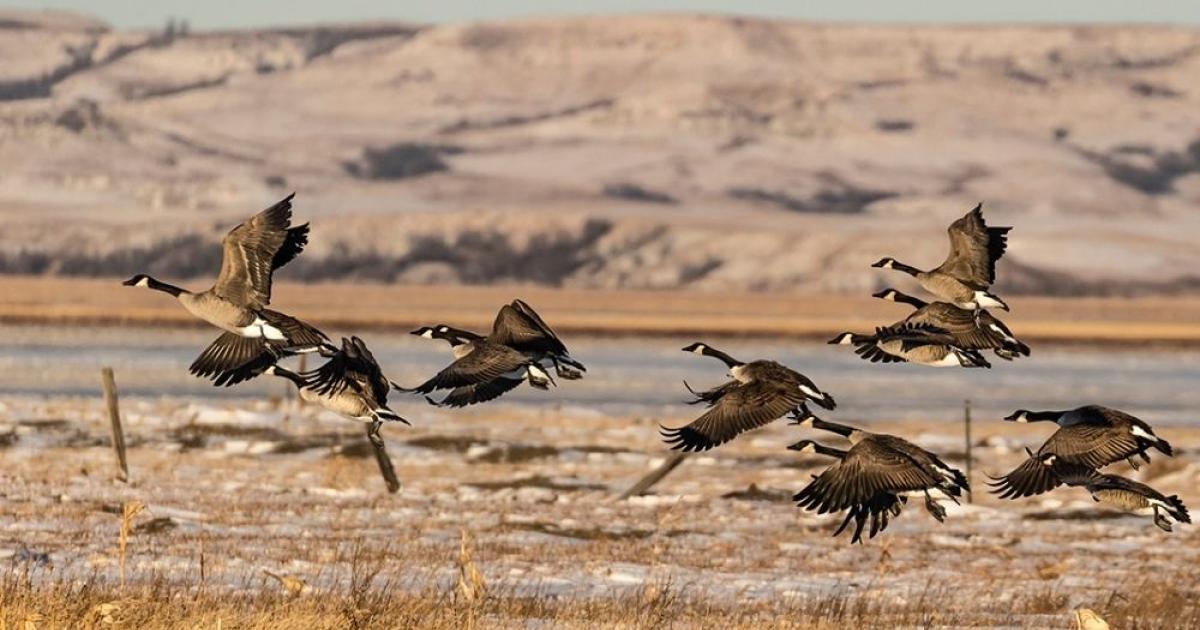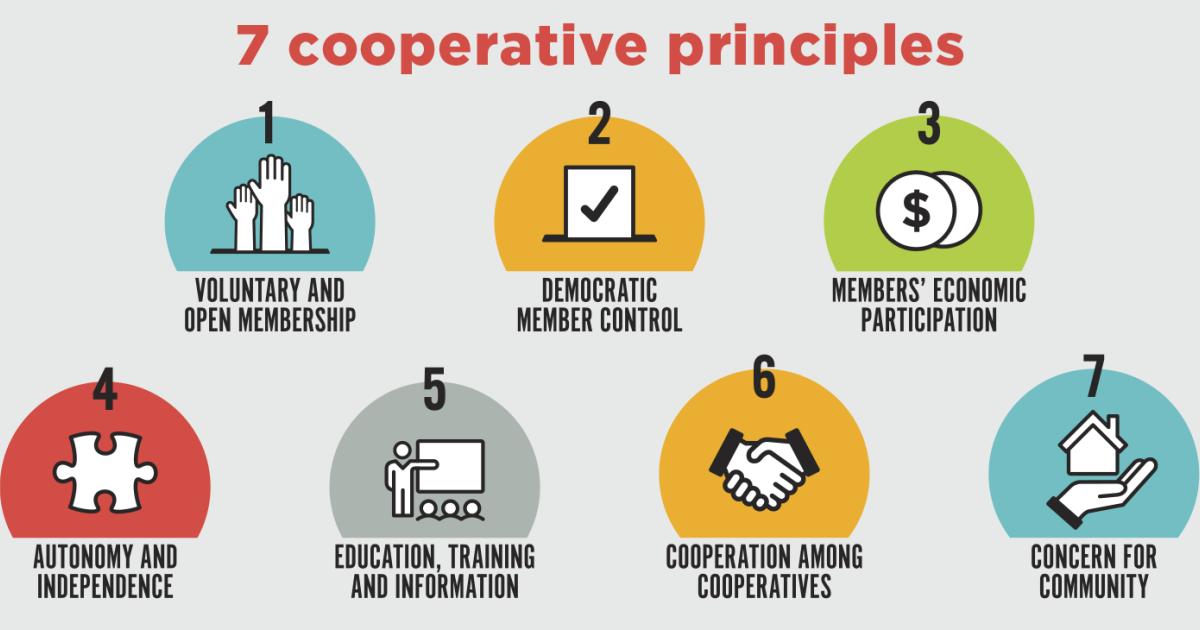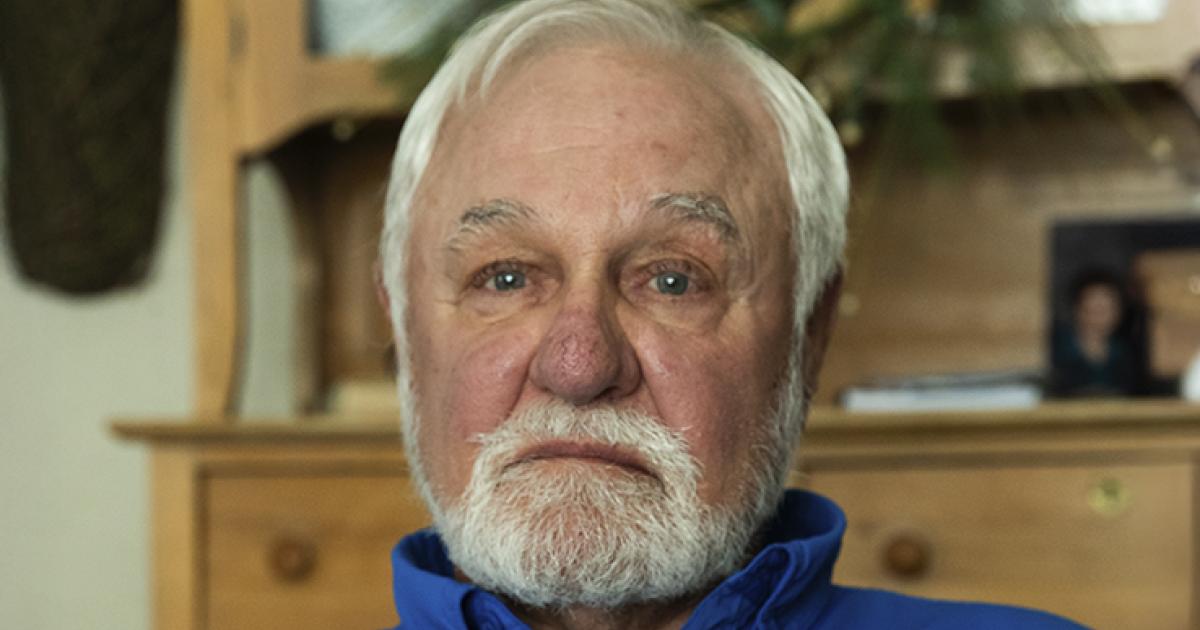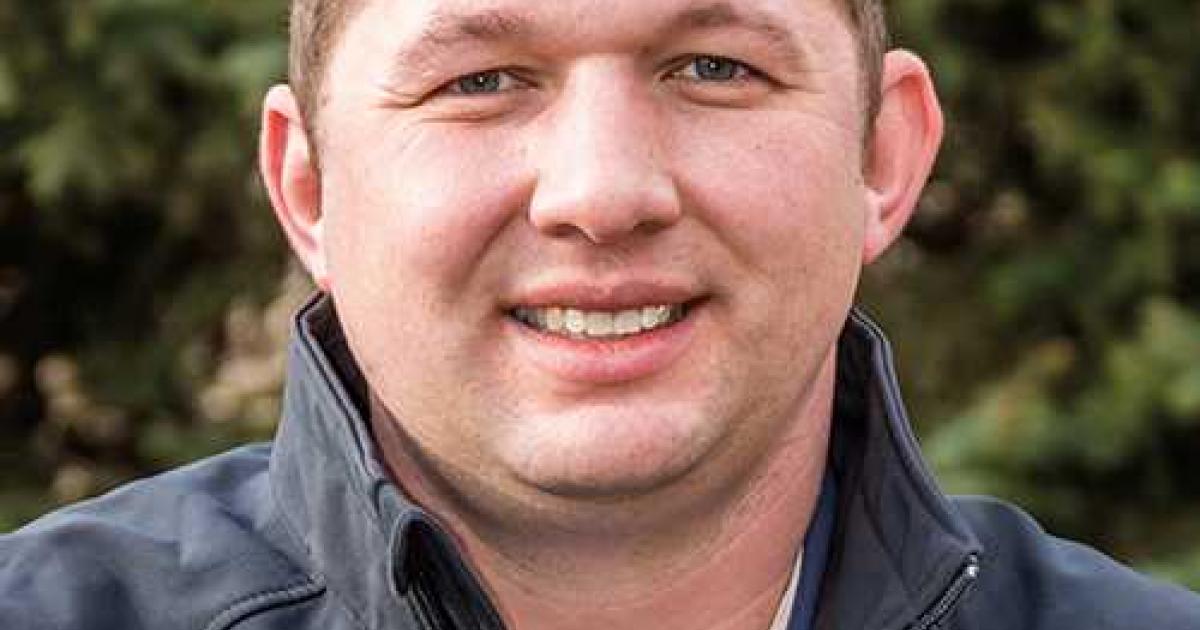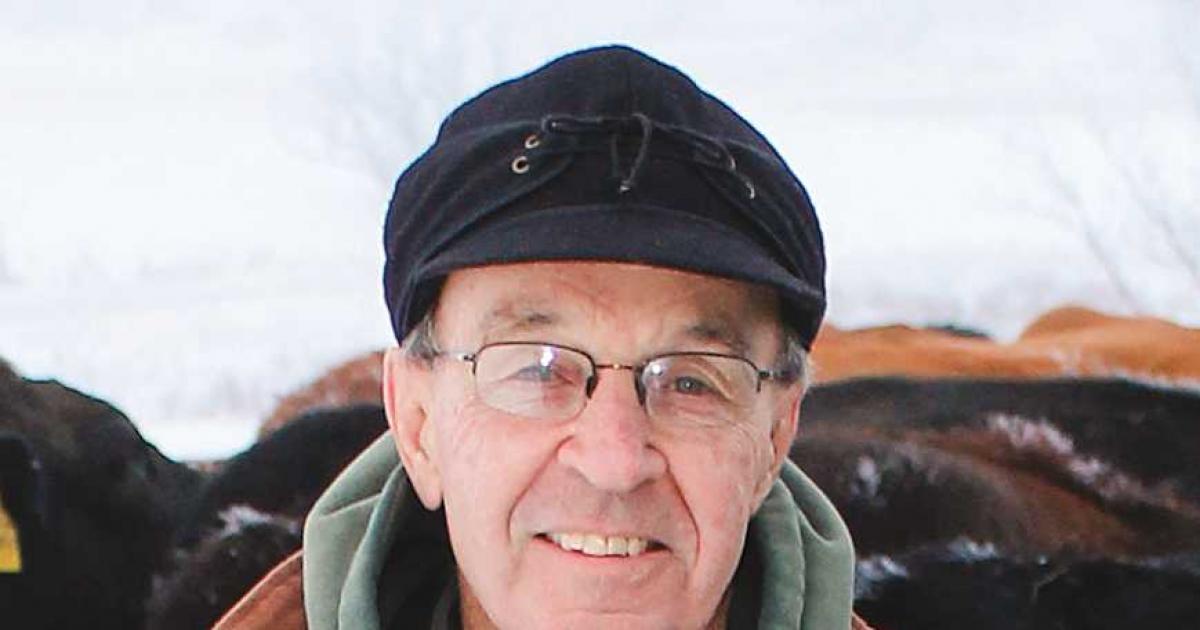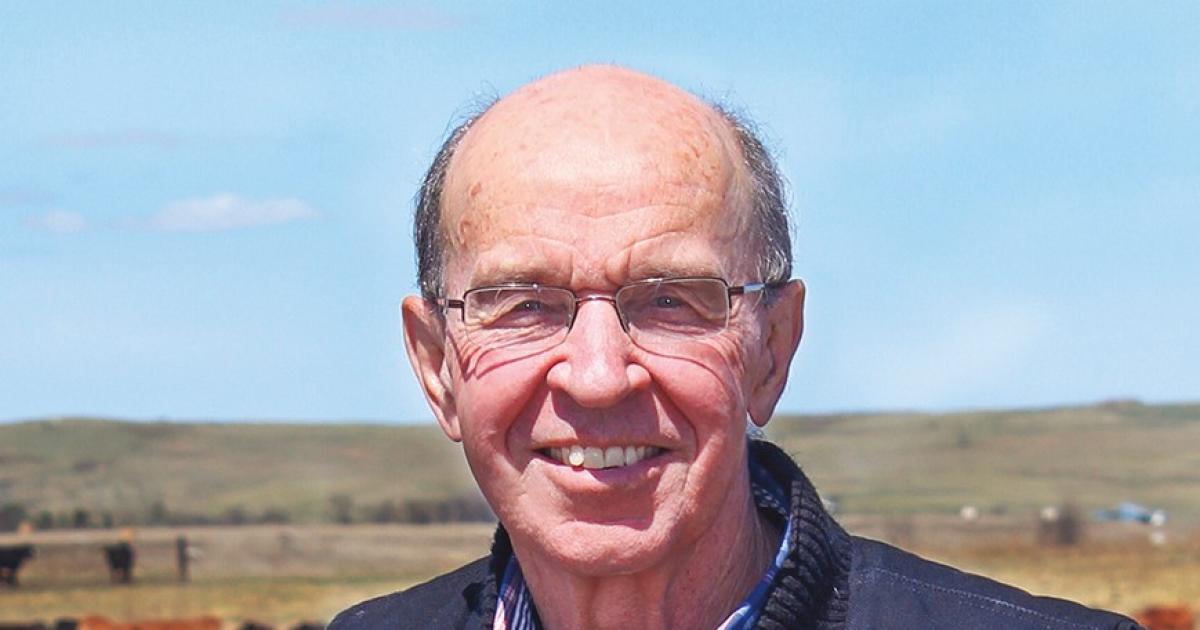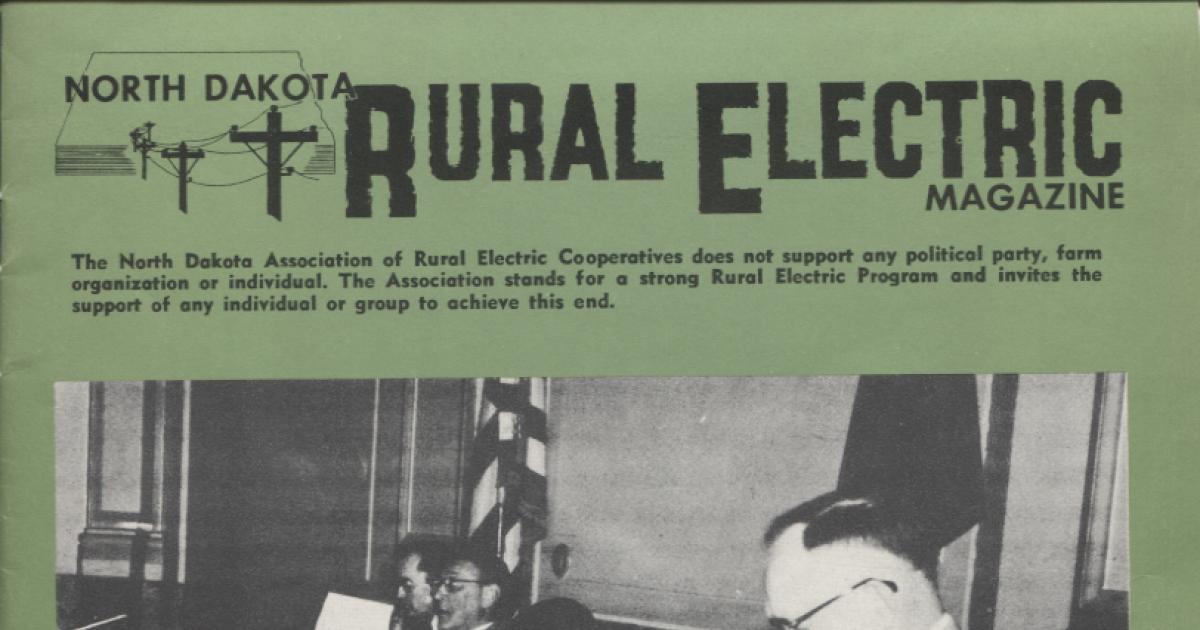When North Dakota’s 69th Legislative Assembly convened Jan. 7, legislators were welcomed by Gov. Kelly Armstrong, who delivered his first state of the state address to a joint session of the Legislature. In his address, Armstrong laid out his property tax relief and reform plan, devised with input from legislators.
Staff Reports
CONSTITUTIONAL MEASURE 1 – SCR 4001
Put forth by the state Legislature, this measure updates terminology used in the state constitution to describe several state institutions.
It would change the “school for the deaf and dumb of North Dakota” to the “school for the deaf and hard of hearing,” the “state hospital for the insane” to the “state hospital for the care of individuals with mental illness” and “an institution for the feebleminded” to “a facility for individuals with developmental disabilities.”
“I was really lucky. If they hadn’t been there at that exact moment, my story could have had a different ending,” says Renville County Sheriff’s Deputy Ann Millerbernd.
Millerbernd considers two North Central Electric Cooperative lineworkers, Randy McLean and Talon Thompson, her “heroes” after the pair came to her aid last October.
Why should I care about my energy footprint?
Energy keeps us comfortable in our homes, and our monthly electric bill is the associated cost for this energy use. Your energy footprint not only affects your wallet, but your local electric cooperative, too.
A kilowatt-hour (kWh) is a measure of how much energy you’re using. Despite the name, 1 kWh is the amount of energy you’d use if you kept a 1,000-watt appliance running for an hour, not the number of kilowatts you’re using per hour.
PALMER AMARANTH
Palmer amaranth is a competitive and aggressive pigweed species that poses a major threat to North Dakota crop production. First identified in North Dakota in McIntosh County soybeans in August 2018, the weed has a wide genetic diversity, which allows it to adapt to new environments and develop resistance to many herbicides used to control pigweed species.
That’s good news for hunters.
The following season preview is a condensed version of an article that originally appeared in the August-September issue of the N.D. Game and Fish Department magazine, North Dakota OUTDOORS.
Hunters and trappers can find more information, including season details and regulations for upland game, migratory game birds and furbearer hunting and trapping on the department’s website at www.gf.nd.gov(link is external) or by calling 701-328-6300.
GOVERNOR (4-year term)
1. The COVID-19 pandemic has shown how connected we are. When industry, agriculture, co-ops, rural hospitals or small-town grocery stores hurt, North Dakotans hurt. What observations have you made in light of COVID-19 that will drive your policies or approach as governor? And what policy proposals will you make in response to the effects of COVID-19?
2. If you could be anyone else for a day, living or deceased, who would you be and why?




